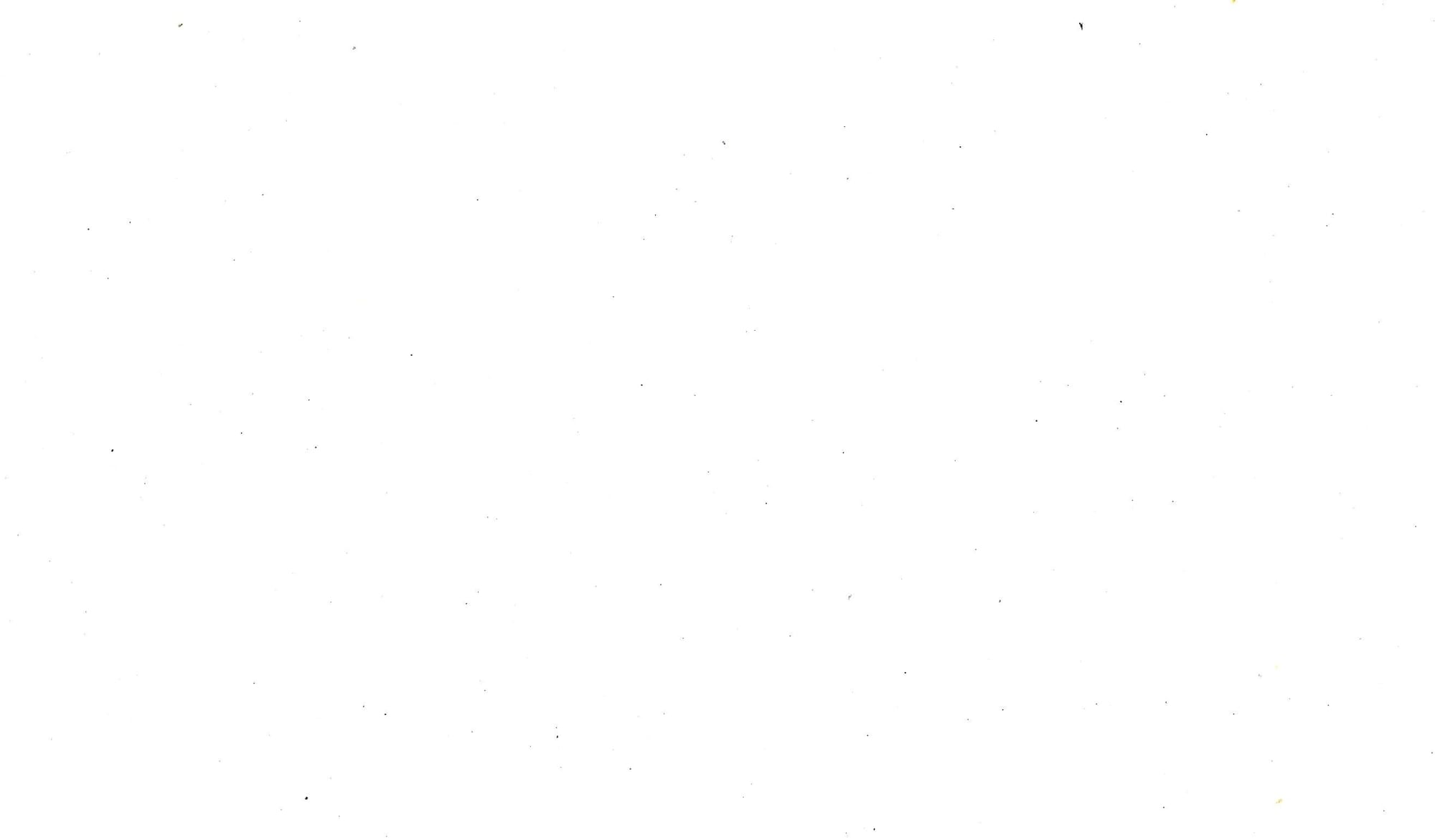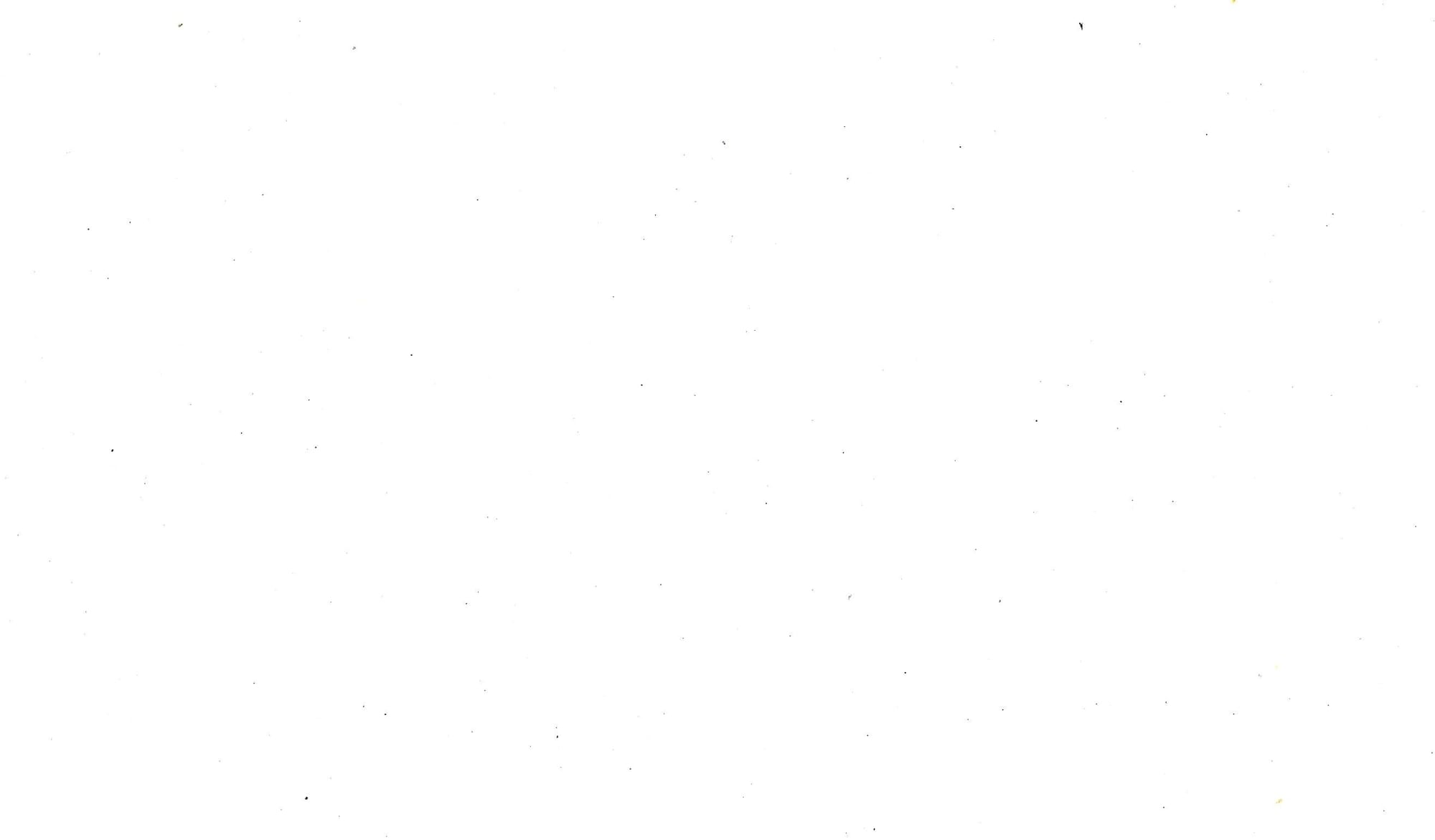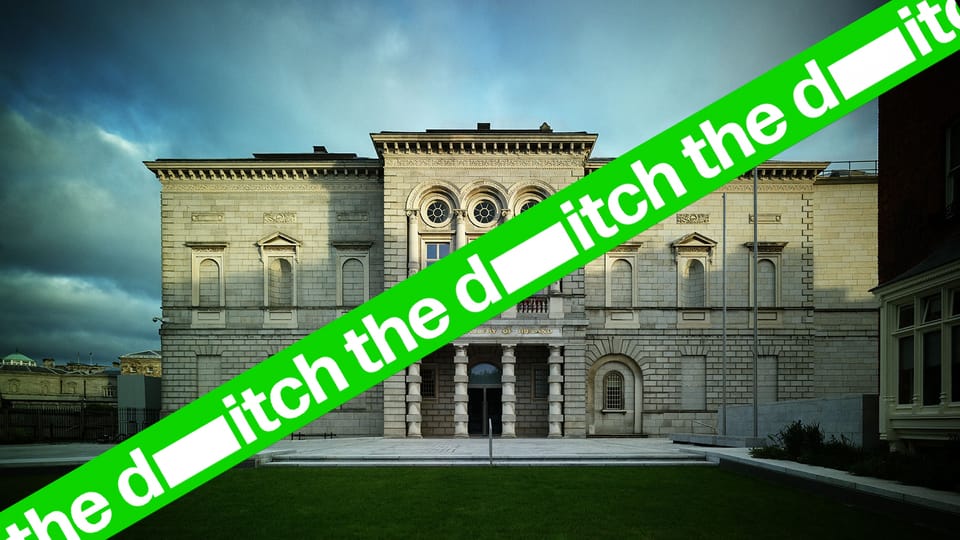By Leopold O'Shea. Originally published in The Ditch's State Failures.
I always thought home was somewhere else and that one day I would leave this grey, wet shithole. The first school I went to in Dublin was called Warren Mount. When I was six, the name evoked rabbits burrowing it out the side of Clanbrassil Street. At roll call, the names of the Bible were called bar one. I knew from pictures that his miserable face was pale, that his hair was gingery brown and his mother small and worried. Her head was always cocked slightly to one side, eyes turned to the clouds, her palms held out, testing the air for rain. Sometimes she looked down from alcoves guarded by chicken wire with toeless feet and noseless faces, baring her frightening armature where the plaster had fallen away, while women with short bleached hair shouted the prices of flowers and strawberries with cigarettes in their mouths. Probably they knew where Jesus had gone. He wore tracksuits. He would be back in a minute.
For a while we lived in a place called Dolphin’s Barn on a road called the Lourdes. The Nazareth I heard about in school must have been another estate down the road from ours. I played for Lourdes Celtic football club. The B team that is. Maybe there was a less miraculous team in the gospels like ours, who longed to play for the starting, fully miraculous eleven, and they, like us, performed shittier miracles in less edifying parables.
The air on this road of dolphins and apparitions smelled of vomit sometimes, which was actually a vapour disgorged from the Guinness factory. Some of the kids had ponies. We petted them in fields next to the houses. The sound of hoofs clopping in labyrinths of pebbledash and the eerie sound of an ice cream van swaying closer and farther away, closer and farther away. Hypodermic needles next to walls. The locks of the canal gathering scum on sinuous black water. Someone initialled L plus someone initialled A scratched inside a heart. In school we did pictures of Finn and Cú and Jesus and read stories in Irish about a boy called Barry and his dog, and together they populated a Where’s Wally landscape like Brueghel’s Census at Bethlehem but that in reality was Dublin 8. Strange miraculous shithole.
Now I’m standing on Thomas Street, between the old Guinness brewery, which now disgorges tourists, and the National College of Art and Design, gentrification’s avant-garde. I’m looking up at three construction cranes and their tilting audience of chimneys, waiting to meet the artist painter Pat Curran in his studio, and thinking of crucifixions. The word studio to me evokes a large spacious room with high vertical windows flooding the eye with light but it turns out to be cramped and narrow, with a ceiling bulb. On a table are figures drying on a sheet of PVC vinyl draped over the edge. Watch your clothes there. He opens a small window. Noise comes in.
The painting that made me want to write about Curran is called Home but the work isn’t here. The photograph it transposes is one of a series by an amateur called Tom McLoughlin that look like they were taken one summer when the world ended in a flash of light. They’re part of a wider project also called Home, in which Curran invited people from Fatima Mansions, Dolphin’s Barn, Saint Michael's Estate, and others to submit photographs from which he took a selection and started painting.

In this missing painting, shirtless men, backs turned to the viewer, throw shadows on the pavements like burnt effigies down a sun-gorged road where red brick and geometric diagonals meet under a sky bleached of colour. The figures are walking back from the canal I crossed to go to school but a little farther west and about a decade earlier. Pat knows most of the people in the photographs. One of them didn’t like the way he did his teeth. They smoked together, drank together, played football in the road. Their clothes hung in courtyards. Their mothers watched them play from balconies. Most of the time they don’t know they’re being taken. They throw shapes, loiter shirtless in front of railings. They squint and cover their eyes from the light, sit at the foot of graffitied walls and call up to the balconies. Sometimes they do know and bare their teeth at us. But they’re not posing for the National Gallery or National Geographic. Sometimes they look like they’re levitating.
Pat points at a painting and tells me about the people in it. Don’t write that, Leo. Don’t write that either. See him, he says pointing. Three men standing watching something out of frame. Football or something of that nature that would account for the solemn, religious faces. Two of the men are dead. I don’t ask how. Much of Pat’s work is about vanished people, vanished things, vanished places. Things that belong only to memory now, where the imagination is free to confabulate. I want to ask about the piece missing from his left ear. You can tell there are things he’s told a hundred times. Sometimes there’s hesitation or surprise where no one’s thought to ask before. Other things are kept entirely quiet, the way a window’s covered by a thin white curtain. The way women stand in doorways. The way faces, lintels, people huddled together gesture at something hidden you’ll never see. Much of Curran’s work is about not showing. What are the three men looking at? The Daughters of Fatima, The Washing Line, a miracle of Five-a-Side you missed because you weren’t looking. Fatima, site of apparitions.
Are you looking?
Growing up, I was afraid of where to put my eyes. What are you looking at was not a question but the preamble to a fight when I was a kid. There were places your pace quickened to change sides of the street.
Sometimes I get the impression Pat feels he has to explain or apologise for this. In one interview he’s eager to explain that Georgie, a friend of his, striding along the railings in a painting that bears his name, was not at all a hostile person. The camera, for some reason, at that time, on that day, just caught him like that. He’s anxious for me to know that these people are good people. And why wouldn’t they be? The moral character of the subject is not usually a question one thinks to ask or anticipate when looking at figures painted in oil. Who does he think I think I’m looking at?
The working classes, the working poor, the lumpen or immiserated, are not unrepresented in the history of art. In Ireland we have our own way of framing them. If you go to the National Gallery you’ll find poverty dappled tastefully in sunlight on a park bench. You’ll see the poor expertly ennobled for their quiet obedience to the church and the dictates of manual labour. You’ll see them pitied, patronised, romanticised, and sentimentalised. Sometimes you’d think you were looking at an ISPCA fundraiser.
But you rarely see them doing nothing. Throwing shapes, loitering, being. Their image is put to work for a class from which they’re excluded. In Brueghel, for example, when the peasantry are dancing or napping in fields of hay it’s as an object for those above who are to be edified by the example of those below. This is not just an accident of how culture is organised after the work is finished, it’s in the painting itself. What we’re looking at is not really the poor but a mirror in which to catch reflections of our tastes, morals, and values. Some forms of poverty make for smoother, more pleasing surfaces in which to contemplate ourselves. Young men in tracksuits, for example, rarely make their way into paintings. When they do come into frame, it’s as an object of comedy or crime drama typically in literature, on television, and sometimes cinema where they’re depicted as stupid, dirty, and violent. These are subjects placed below the moral and aesthetic self-image of the viewer so as to buttress her sense of herself as intelligent, sensitive, and virtuous. They are not us, as one Irish writer recently put it.

Art and literature increasingly look like forms of therapy for an acquisitive class of narcissists who are always in the process of healing and self-realisation, who want reassurance that they are good, worthy, and deserving. We are a market looking to quiet the dimly perceived anxiety that we do not in fact deserve anything, either good or bad, that there is no ultimate merit to what we have or what we do, that we, our position, our decisions and sensibilities, are in fact an accident of the geographical copulation lottery. We are the same demographic that two hundred years ago was scandalised by Manet and now wipes its chin with his work printed on paper napkins.
Print this on a napkin. Skinnier shows a boy drying himself on a bank of the canal, his flesh bare as concrete, the light stark as pale skin. There’s something obscene about it that isn’t reducible to the subject’s nudity. It’s an urban setting, sort of. A car is driving past in full view of the boy drying himself, but there’s also a river, a grassy embankment. Its juxtapositions are startling, bordering on ugly and never resolve themselves into anything smooth, simple, or subtracted from contradiction. I want to turn away but the image has snagged my eyeball. It’s not just a photograph, more or less well composed, that once meant something to someone and means nothing to me. This image has been rendered in the medium of the old masters and demands that I look. A tension and an anxiety emerge between wanting to look away because of the subject and having to look because of the medium. Worse still, Skinnier seems to know me. It’s to me that the figure and the painting seem to be waving, as if we really were in fact one and the same people, and that therefore those contradictions lay not outside but within me.
Obviously, not all art seeks to flatter or reassure. A lot of bad artists go out of their way to disgust and in doing so merely reaffirm their middle class phobias and bourgeois affectations. Our tastes are not subjective, they are not freely formed but defined by the collectively held revulsions against which we define them. The disgusting object does not in fact lie outside the frame of an image but defines the rules of composition and syntax we use to reject it. It controls how we frame pictures and even plan cities. The one and the other are always at work, like light and shadow. Even masterpieces like Harmony Korine’s Trash Humpers, Lars Von Trier’s The Idiots, Martin Parr’s The Last Resort, or Annie Ernaux’s La Place can’t escape the social architecture whose illusion their work seems on the verge of toppling for a moment and in which they will, ultimately, have to accept a place. It's the same impossibility and agony, it seems to me, that Curran is wrestling with.
Curran’s subject is in a sense vulgar. He’s developed a language to try and describe it. A vulgate. He paints on rubbish. Sometimes it’s PVC vinyl from discarded advertising or old canvas book covers patchworked to the desired surface area. He works with what’s left after another part of the city has finished with it. Sometimes canvas is stretched over a frame, an older, well-regarded method with which Curran alternates, giving it no more regard than the bits of signage fucked out on the street. It all gets juxtaposed. High art and low, the well-regarded and the unregarded, the valued and the ignored. The light that falls on Georgie is the same that fell on Fra Angelico’s Gabriel. The work refuses to admit a difference between the subject, the material, the form, and their viewer. Something in Curran's style reminds me of how English in Dolphin’s Barn sounds. Clipped and misconjugated. Sometimes you find an elbow at the edge of the frame, left there without purpose. Curran never paints it out. Textures are undifferentiated. Light and shadow converse abruptly. The details of faces are elided. The photographs are themselves the work of salvage. The photographer is from the place they were taken, and the painter is of those captured inside them. No external vantage is given from which the image might be made more palatable or easier to comprehend and encompass. The eye is left in the middle, and forced to bend its ear to a tongue that’s never completely legible. A rough, jagged tongue. One that resists gentrification or at least attempts to salvage something from it.
The longer I talk to Pat in this narrow room, the closer I get to asking him about the missing piece of ear, as if that might explain something. Home was Dolphin House. Then his parents, who maybe saw moving as a step up, took his family from the blocks to the terraces of Pimlico where, he says, he felt like a foreigner. In other interviews, he talks about the flats as something he’s got over, like it’s someone who wouldn’t take him back. But in conversation we go back there again and again. Middle-class, terrace-dwelling Dublin looks on these places as multistorey nightmares, lost in time, preferably erased. But to those who lived there, the courtyards and stairwells were places of childhood and, therefore, of paradise, of community, happiness, and any other nostalgic feeling the middle or bourgeois classes might find in their own mythologised idylls.
He knows Dolphin House to hear. From the inflection of laughter, two men, roughly his age, talking on a bus recall a place that’s gone forever. He wants what they have but has to listen in from the outside. We talk about class, his experience of Dublin 8 and mine, and his first answer is always to refuse differences. We are the same people. His work is worth the same as any other. Just as the people in his pictures are worth any other. One viewer is the same as the next. But as he opens up, the differences widen, distances lengthen. Rejection from the Royal Hibernian Academy. Who gets in, who doesn't. A visceral question for someone who was de facto excluded from social-urban spaces their entire life. The issue of not selling his work, of not being wanted or undervalued. Unseen and unregarded. A life looking for home and looking from the outside in.
Look again. The viewer is always standing outside in these pictures. The abstract ideals of red brick in which young men throw their shapes are of the postwar period when the Irish state was relocating people from Dublin tenements into modern European-inspired social housing. One reason there’s so much light is because the flats were conceived to run north to south, one side facing the sun at morning, the other at evening. I think of Piero Della Francesca’s Flagellation of Christ. Human figures standing in unhuman geometries of the infinite. The landscape standing in for those standing in it. Doors, blocks, stairwells, balconies, and pavements are the lines and vanishing perspectives of the self. Inversion of the inmost. This logic culminates in The Chute where the figure finally vanishes, abstracted into a series of walls and some writing, the remnants of names, truncated, garbled, written over, half legible, increasingly abstract by chaos and accumulation, clutching and rising like ivy for the light of the eye. The light of memory.

We imagine home in a soft and nostalgic bleed. Increasingly, we like to look at the present in the same way, with a soft polaroid blush, digitally applied to a cold high resolution image. But whatever feelings Pat carries for the past, Curran the artist lights it without confabulation, flattering no one and condescending to no one. The same refusal to appeal to the eye of the gentrifier is turned inwards against any temptation towards nostalgia or mythification, preserving the subject from the desire to make it other than it was. He smooths nothing out. I’m tempted to call it a refusal of taste, an offence to the eye, catching it on something barbed it would prefer to turn away from. Curran makes you look. An unflattering serenity that looks and never changes pavements. They are as they were when the light fell on them and the shutter fell on the light and the brush picked the colour up. The light translated literally. The word Curran uses is religiously, though Home contains no crucifixions, no weeping virgins, only this stark salvaging light in which all things loiter for a while.
∗ ∗ ∗
Since submitting this piece to the editor, some of the commas have been taken out and others put back in, words moved around here and there, because, as anyone who writes knows, these things have a way of going stale after a while. Other than that nothing of substance has changed since I showed it to the artist. I was excited for him to see my enthusiasm for his paintings but, regretfully, he did not like what I had to say about him, his work, or the people depicted in it. He thought I didn’t understand the work, which may be true, that I was myself being patronising and classist, and, which definitely is true, that I didn’t emphasise his accomplishments enough. These include several exhibitions, awards and recognition in print and on television. Because of that, he didn’t give us permission to use his paintings, which you can see for yourself at patcurranartist.com.
Leopold O'Shea is published in The Stinging Fly. He is the winner of the 2023 Stinging Fly/FBA Fiction Prize. His first collection of short fiction will be published as a voluminous series of bath books.


